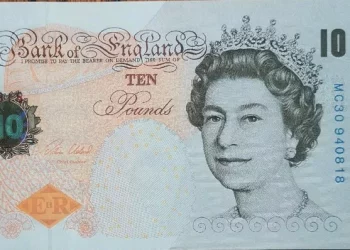The Indian Rupee (INR) rebounded on Thursday, but its upside potential appears limited amid a stronger US Dollar (USD) and rising bond yields, driven by Donald Trump’s victory in the US presidential election. Market participants expect the INR to trade within a narrow range as the Reserve Bank of India (RBI) is anticipated to intervene by selling USD to prevent excessive volatility.
Persistent foreign fund outflows, combined with bond and currency market instability, are expected to exert selling pressure on the INR in the near term. Investors are also focused on the US Federal Reserve’s meeting on Thursday, where a 25 basis point interest rate cut is expected, along with the release of the weekly US Initial Jobless Claims.
Market Drivers: INR Faces Headwinds from Dollar Strength and Global Volatility
Gopal Tripathi, head of treasury and capital markets at Jana Small Finance Bank, noted that the INR had been trading in a narrow range for the past two years and was slightly overvalued. With the rise of the US Dollar Index and depreciation of other Asian currencies, the INR is likely to feel downward pressure.
Meanwhile, India’s services sector showed growth, with the HSBC India Services PMI rising to 58.5 in October from 57.7 in September, surpassing the preliminary estimate of 58.3. Pranjul Bhandari, Chief India Economist at HSBC, attributed the rise to strong expansions in output, consumer demand, and job creation.
A Reuters poll showed that most economists expect the RBI to cut rates by 25 basis points to 6.25% in December. The market is pricing in a near-98% probability of a quarter-point rate cut in November, with a 70% chance of a similar move in December.
Technical Outlook: USD/INR’s Bullish Bias Maintains as RSI Reaches Overbought Levels
From a technical perspective, the outlook for the USD/INR pair remains constructive, holding above the key 100-day Exponential Moving Average (EMA) on the daily chart. However, the 14-day Relative Strength Index (RSI) is in overbought territory, near 73.45, suggesting that further consolidation is possible before any further upside in USD/INR.
The immediate resistance for USD/INR is near the upper boundary of the ascending trend channel at 84.30, followed by the psychological level of 85.00. On the downside, initial support is seen in the 84.05-84.10 range, with a break below this area potentially leading to a drop toward the 100-day EMA at 83.80. Extended losses could see the pair test 83.46, the September 24 low.
Related Topics:



























